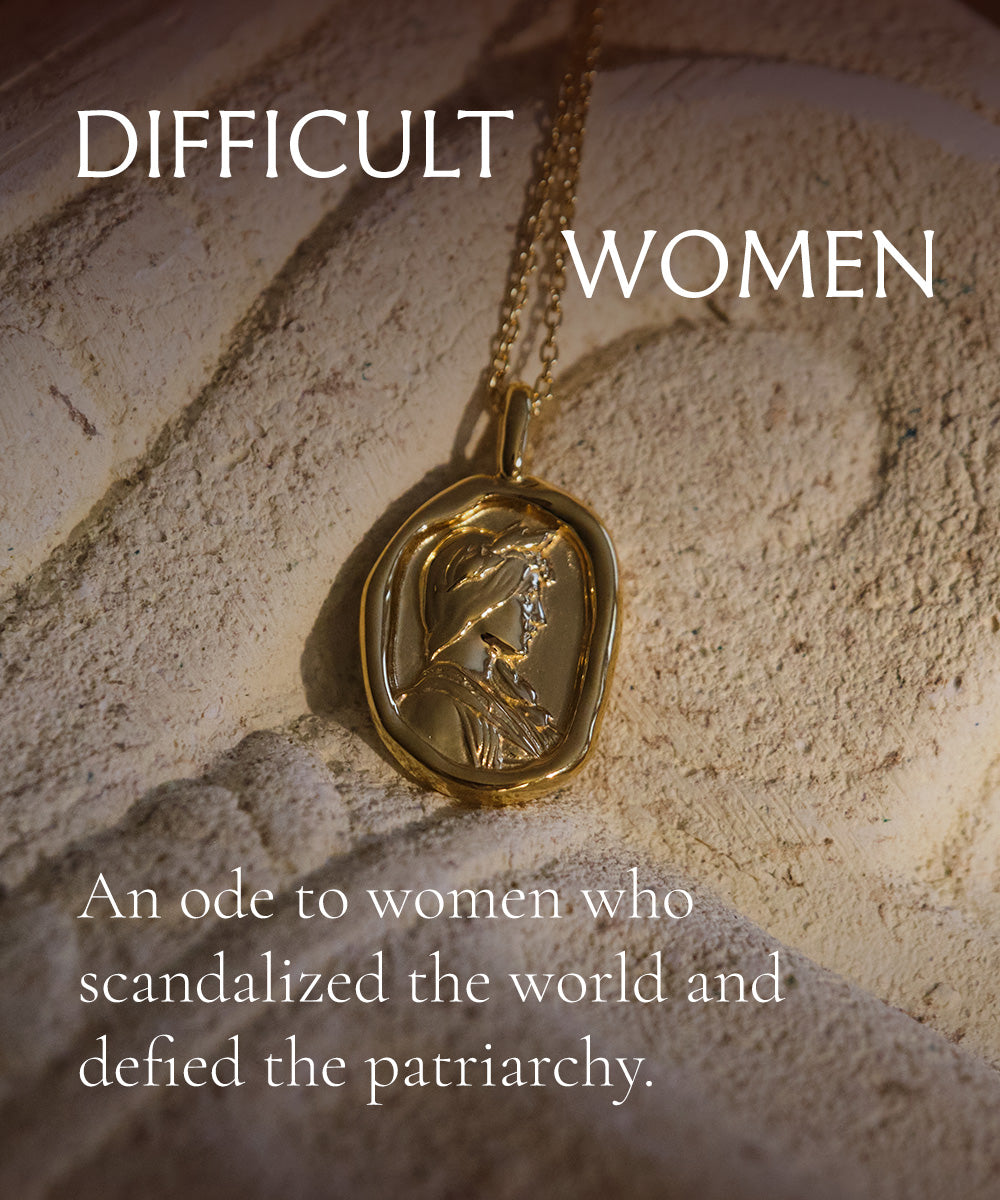Get in ladies. We’re doing cursed objects this week.
Peruse a creepy little antiques shop, wander through a pop up that seems, perhaps, a little too out of the way, discover a yard sale managed only by a sign that says “take one, leave one.” One what?? You wonder. Stay anyway. You might find something worth your while.
Lore and urban legend has long been obsessed with the idea of cursed objects. The monkey’s paw, Japanese Tsukumogami, haunted mirrors, moving paintings, creepy dolls… and necklaces. Know where I’m going with this?
If not, here’s a bit of background. Aphrodite had fallen in love with Ares, a pairing that makes much sense from a literary perspective — a traditional feminine hopelessly enamored with a traditional masculine — but, of course, nothing is so easy. The goddess of love and beauty was already married to the god Hephaestus.
It was he who discovered his wife and the god of war in bed together.
Hephaestus was the blacksmith god. He stood no chance against Ares, so he set to work, crafting.
Some time later, a child was born of Aphrodite and Ares. Their daughter, darling Harmonia, grew up with not a care in the world, and was betrothed to Cadmus, king of Thebes. Hephaestus, whose rage had been roiling underneath the earth like molten lava, sent the girl a seemingly innocuous wedding gift: a necklace, crafted by his own hand, that would grant the wearer eternal youth and beauty.
Though their marriage began happily and resulted in children, the necklace had its due. The curse began with a metamorphosis, as Harmonia and Cadmus were turned to serpents, damned to live in animal form even in the afterlife. Harmonia’s daughter Semele, like many unfortunate young women of myth, caught the eye of Zeus, who was her undoing. But the curse was not done, not now, not so soon. The worst was still yet to come.
The Necklace of Harmonia haunted the House of Thebes for generations. Sophocles wrote of the Theban tragedies. Queen Jocasta wore the necklace, appearing to Oedipus as a young and beautiful woman, fit to marry, and so they did. Unbeknownst to them both, Oedipus was the son Jocasta had given over after his birth, and so came about the tragedy that ripped apart the royal house. Their four wretched children all suffered personal tragedies, notably honorable Antigone, who faced her fate with dignity befitting a princess.
The necklace continued to change hands, causing madness, death, and destruction until it was finally turned over to Athena at Delphi, who put an end to the strife. What she did with it, we will never know.
I like to imagine she kept it. Athena would never wear such a cursed object, surely. But if there were any goddess who could see past the necklace, the promise of beauty, the lure of destruction, and find the wisdom and meaning in the passing down of trauma and that invisible inheritance, it’s her.
I see her eyeing a little box on the shelf, between the stacks of books and daggers and feather quills. It’s carved with some old Delphic maxim, perhaps Ἄρχε σεαυτοῦ, or “be in control of yourself.” The lock is small but strong. She could flip the brass latch, just to look…









